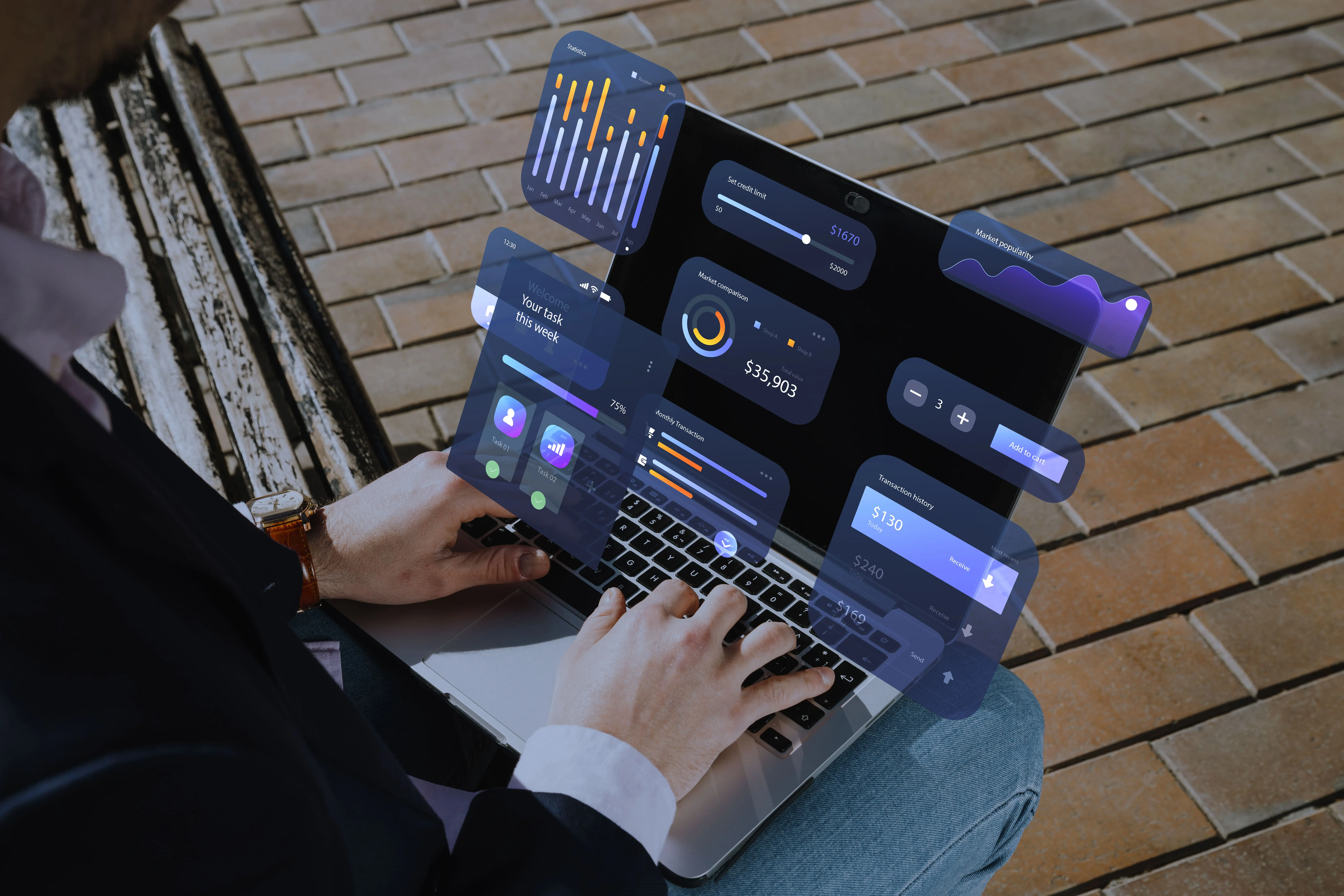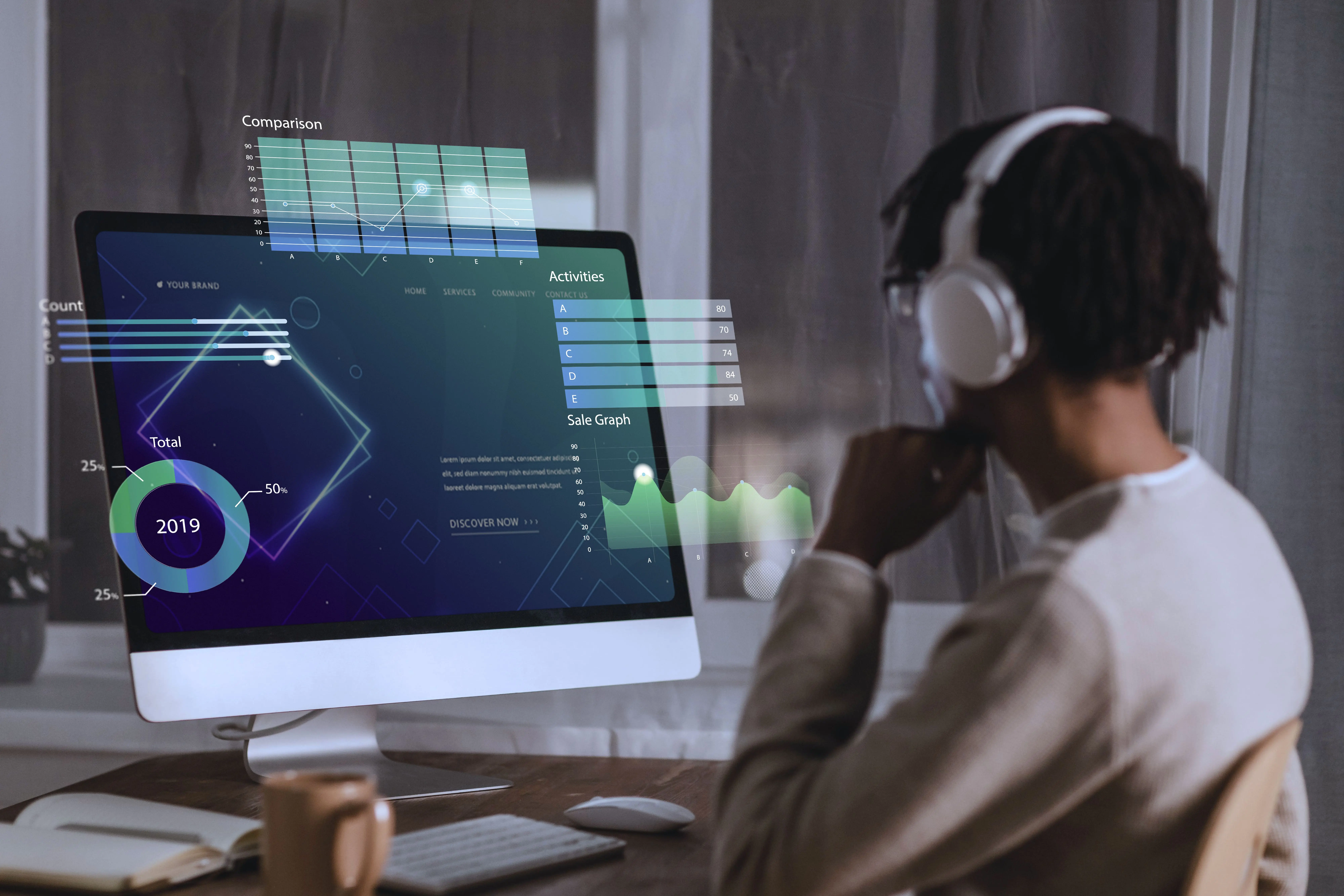
PIM vs ERP: what's the difference and what's the role of each?

As companies multiply their sales channels and digital tools, the issue of product data management has become crucial. There is often confusion between ERP systems and Product information Management software (PIM): both handle similar data, but have radically different objectives and users.
So what's the difference between a PIM and an ERP? And above all, how do they work together to improve the performance and consistency of product data?
PIM vs. ERP: Definitions
What is ERP?
ERP (Enterprise Resource Planning) is the operational heart of the company. It centralizes and manages internal processes such as purchasing, production, logistics, finance, accounting and human resources.
The main objective of an ERP system is to ensure the consistency and traceability of transactional data within the organization.
An ERP system handles all the information essential to the smooth running of a company: stocks, orders, purchase prices, delivery times, suppliers, etc. It provides each department with a reliable, up-to-date view of the operational situation. Thanks to it, every department has a reliable, up-to-date view of the operational situation.
Let's take an example: when a product is manufactured, the ERP records the cost of production, the components used and the level of remaining stock. This data is vital for logistics and accounting, but it's not enough to create a complete product sheet for the end customer. That's where PIM comes in.
What is a PIM ?
PIM (Product Information Management) is a complementary tool to ERP. Its role is not to manage operational flows, but to centralize, enrich and distribute product data to all sales and communication channels: e-commerce site (CMS), marketplaces, catalogs, distributor files, mobile applications, etc.
The PIM becomes the single source of truth for all product-related information:
- Names and detailed descriptions,
- Technical specifications,
- Marketing content,
- Multilingual translations,
- Media (images, videos, technical documents),
- Regulatory or environmental data.
Designed for marketing, digital and e-commerce teams, PIM saves time, avoids data entry errors and ensures consistency of product content across all channels. It transforms raw data into engaging product experiences.
PIM vs ERP: the main differences
Although both systems handle product data, their purposes are totally different.
- ERP has an internal vocation: it structures and monitors processes linked to production, logistics and finance. It meets the needs of operational teams, ensuring that flows are optimized and compliant.
- The PIM, on the other hand, has an external vocation: it ensures that products are presented in a coherent, complete and attractive way across all communication channels.
- ERP focuses on raw data: how many products are available, at what cost, on what date?
- PIM is all about enriched data: how does this product describe itself, to whom is it addressed, how can it be enhanced visually and textually to stimulate purchase?
In other words, ERP structures data, while PIM adds value to it.
These two tools are not in competition with each other: they are complementary and interdependent.
Why doesn't PIM replace ERP?
It would be tempting to imagine that a PIM could replace an ERP, since it too centralizes product data. In reality, their missions are too different to replace each other.
ERP remains indispensable for internal management. It manages transactional flows, procurement, invoicing and accounting. Without it, no company can operate efficiently on a day-to-day basis.
The PIM then intervenes, downstream, to enrich this data and adapt it to external communication. It transforms them into information ready for distribution, contextualized and comprehensible to consumers, partners or distributors.
You could say that ERP is the company's logistical brain, guaranteeing the reliability of internal information, while PIM is its marketing voice, responsible for the clarity, richness and coherence of the product message.
The two systems are therefore complementary: without each other, the data remains either too raw, or too disconnected from operational realities.
PIM + ERP: a winning duo for omnichannel
During the process of PIM implementation in the existing IS, integration with the ERP is planned, with the PIM and ERP forming a fluid, high-performance ecosystem.
The ERP feeds the PIM with structured data: product references, prices, stocks, supplier codes, etc.
The PIM, for its part, enriches this information with marketing content, visuals, translations and product literature, before redistributing it to the various distribution channels.
This complementarity offers many benefits:
- Fewer errors and re-entries, thanks to automated synchronization.
- Time savings for marketing and digital teams.
- Consistent content across all channels.
- Better collaboration between technical and marketing departments.
- Reduced time-to-market, as products are ready for distribution more quickly.
In practice, ERP updates stock and price information daily, while PIM ensures that the associated product sheets are complete, enriched and distributed across all channels - from e-commerce sites to international marketplaces.
Conclusion
ERP and PIM don't serve the same purpose, but they complement each other perfectly.
One manages internal processes and transactional data, while the other organizes, enriches and disseminates product information to the outside world.
To succeed in its omnichannel transformation, a company must learn to orchestrate these two systems around a common vision: that of a single, reliable and scalable product data.
ERP ensures internal rigor and consistency, while PIM guarantees the quality and uniformity of external presentation.
ERP (Enterprise Resource Planning) and PIM (Product Information Management) are two complementary pillars of product data management. ERP manages internal flows, inventories, logistics and transactions, guaranteeing the consistency and reliability of operational information. PIM, on the other hand, centralizes, enriches and distributes this data to all sales and communication channels: e-commerce sites, marketplaces, catalogs or applications. Together, they ensure continuity between internal rigor and external customer experience.
By connecting ERP and PIM, companies gain in productivity, avoid duplication and guarantee unique, consistent and always up-to-date data. This duo becomes an essential lever for omnichannel performance and the quality of the product experience.








_Leader_Mid-Market_Leader.svg)

_MomentumLeader_Leader.svg)

_BestResults_Enterprise_Total.svg)
_EasiestToUse_Enterprise_EaseOfUse.svg)
_UsersMostLikelyToRecommend_Enterprise_Nps.svg)






